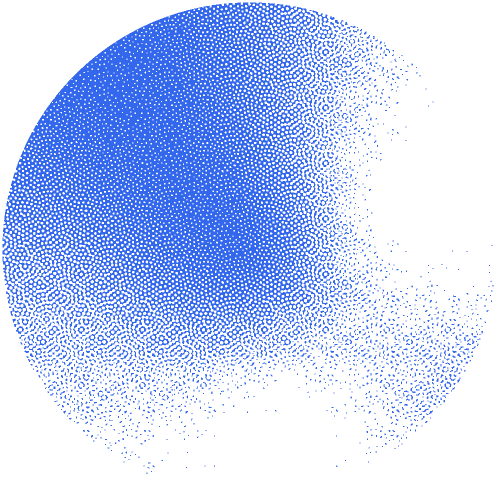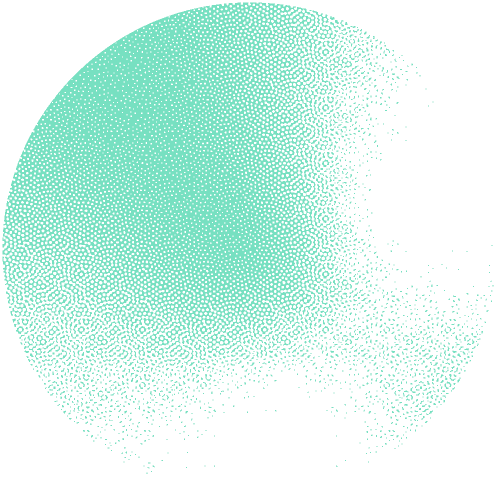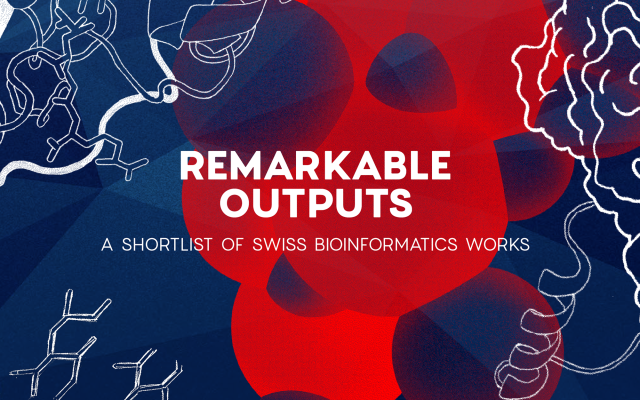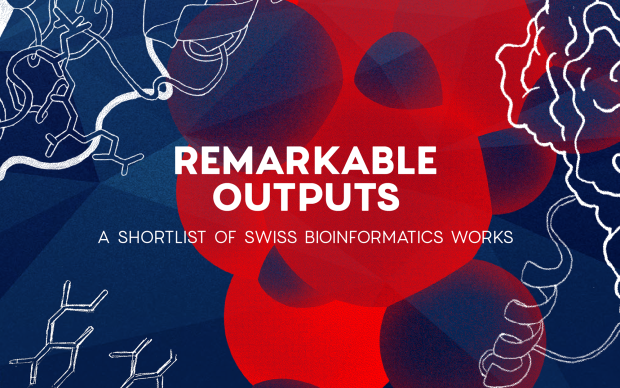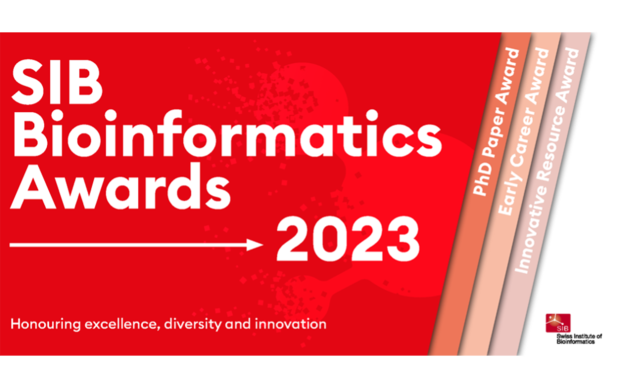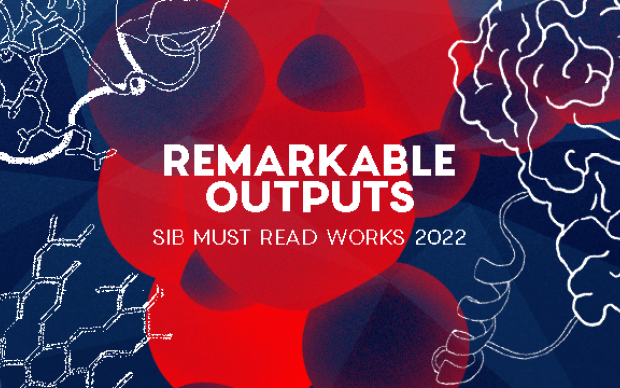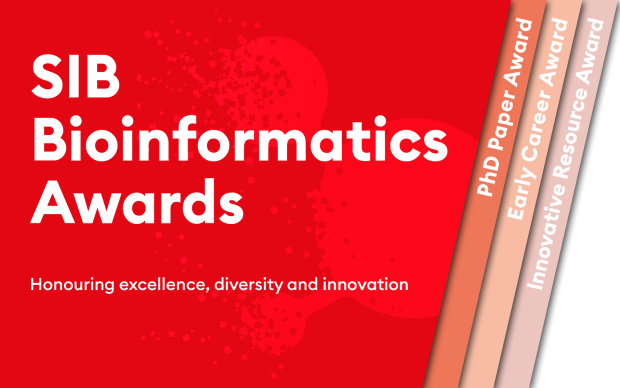Staying abreast of the latest advances and bright ideas emerging in a field as diverse as bioinformatics is challenging. To provide the global bioinformatics community with a shortlist of achievements of the year by SIB Scientists that are particularly deserving attention, here are the SIB Remarkable Outputs of 2020, selected by the Award Committee. From standardized images of cells, to deep learning applied to protein function mapping, discover these publications, software tools, databases and online courses.
-
A high-stringency blueprint of the human proteome
Group involved: Computer and Laboratory Investigation of Proteins of Human Origin (CALIPHO), Geneva
Related resources: HUPO, HPP Blueprint
What the committee said about the work: "The Human Proteome Project is an outstanding contribution to the field, validating the human proteome with experimental proteomics data, where the SIB Resource neXtProt played a central role."
-
CoVariants: Tracking SARS-CoV-2 variants in real-time
Group involved: Microbial Evolution, Basel
Related resources: github repository
What the committee said about the work: "Essential tool in communicating the evolving maps and characteristics of SARS-CoV-2 variants in real-time. CoVariants is an excellent illustration of what bioinformatics can bring to the world."
-
Expasy, the Swiss Bioinformatics Resource Portal
Groups involved: Resource Usability and Support, Core-IT, Lausanne
Related resources: paper, news release, portal
What the committee said about the work: "Putting users at the centre with rich resource cross-links, the overhauled Expasy portal is an immense achievement that benefits all SIB Resources, increasing discoverability in a user-friendly way."
-
Genomic basis for RNA alterations in cancer
Group involved: Biomedical Informatics, Zurich
Related resources: news release
What the committee said about the work: "Impressive and very important work representing a major step forward in cancer research. It was performed by two international consortia, in which the contribution of SIB is valuable and significant."
-
Large-scale DNA-based phenotypic recording and Deep Learning enable highly accurate sequence-function mapping
Group involved: Machine Learning and Computational Biology Lab, Zurich
Related resources: github repository
What the committee said about the work: "A great interdisciplinary study, with innovations on both experimental and computational sides, and highlighting the power of Deep Learning applied to big ‘omics’ data."
-
SARS-CoV-2 genome sequences: a Swiss resource for genomic epidemiology
Groups involved: Microbial Evolution, Computational Biology and Computational Evolution, Basel
Related resources: GISAID
What the committee said about the work: "With open real-time analysis of SARS-COV-2 evolution and spread, the power of Nextstrain really shone in 2020. It informs journalists and the public, contributing to wider understanding of bioinformatics."
-
SIB Training courses online
Group involved: Training, Lausanne
Related resources: past courses
What the committee said about the work: "Bioinformatics education is one of SIB’s core missions. The SIB Training team carried out a truly impressive task in 2020 by responding quickly and dynamically to continue to serve the community."
-
SwissBioPics – an interactive library of cell images for the visualization of subcellular location data
Group involved: Swiss-Prot, Geneva
Related resources: poster
What the committee said about the work: “SwissBioPics offers intricate yet standardized images of various cells and their organelles. This is an outstanding resource that enables visualising biological knowledge, and it is great artwork!”
-
The Bgee suite: integrated curated expression atlas and comparative transcriptomics in animals
Group involved: Evolutionary Bioinformatics, Lausanne
Related resources: resource, news release, in silico talk
What the committee said about the work: "Bgee is an excellent resource with many applications. The milestone publication showcases how high-quality expression data are integrated, curated, and harmonized to be comparable across species."
-
treeclimbR pinpoints the data-dependent resolution of hierarchical hypotheses
Groups involved: Statistical Bioinformatics & Bioinformatics / Systems Biology, Zurich
Related resources: preprint, visualisation tools, F1000Research paper
What the committee said about the work: "treeclimbR offers novel features with a data-driven approach for testing hierarchically organized hypotheses and selecting an optimal resolution, it has a wide range of research applications."
